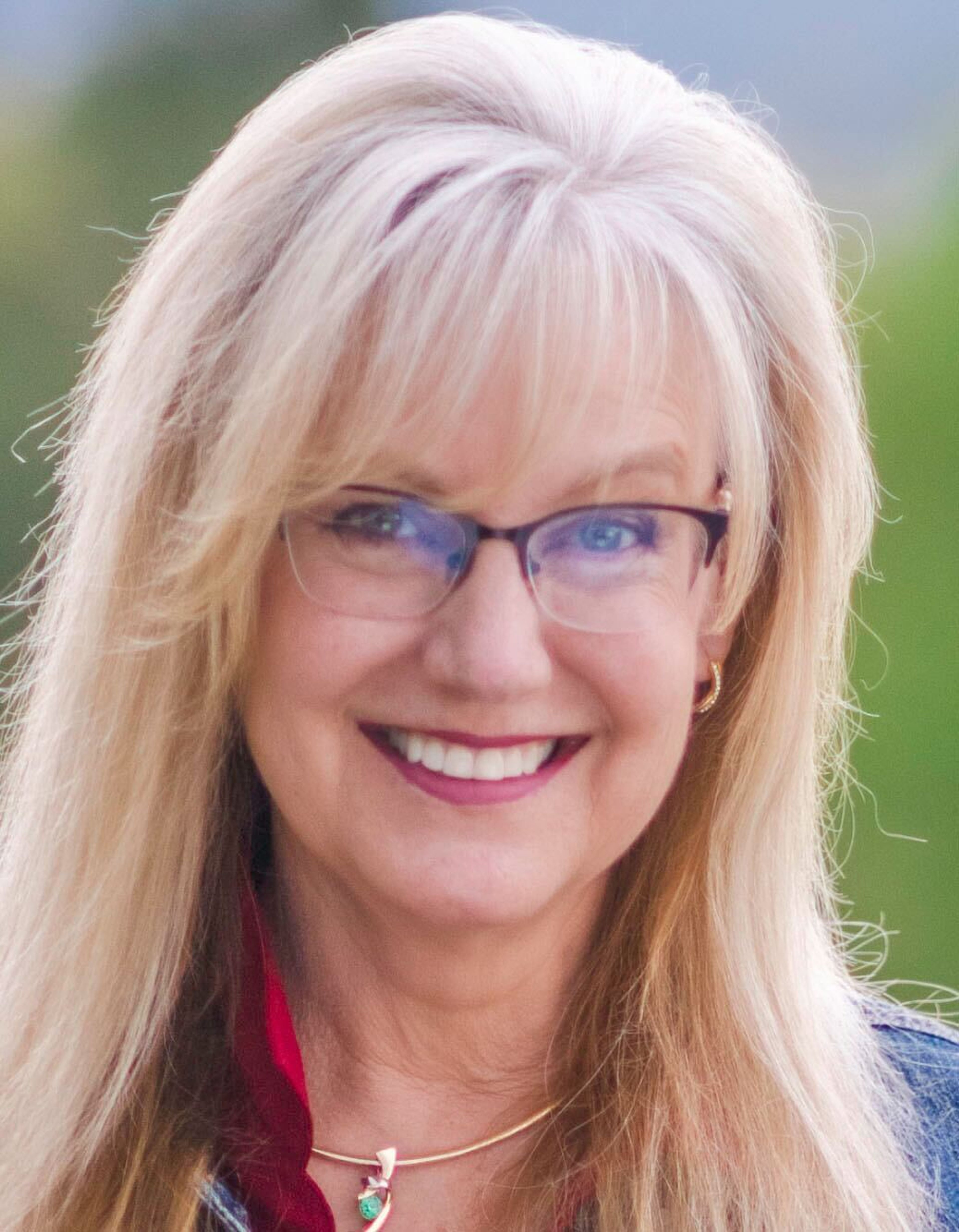Report: Latah, Nez Perce schools among counties most in need of space, funding
Projections show Idaho will have nearly 40,000 more K-8 students in 2030 than it has today
Recent growth projections suggest Latah and Nez Perce counties may be “at the tip of the spear” when it comes to needing more space for school-age children.
The projections, which were based on 2020 census population data, indicate Idaho could have nearly 40,000 more K-8 students in 2030 than it has today.
That translates into a substantial need for new school facilities over the next decade.
“If you look at the average elementary school size of 403 students, that leads to about 98 new schools,” said Blake Youde, a lobbyist for the Idaho Charter School Network, during a meeting Thursday of the Funding Construction of Public Schools legislative working group in Boise.
The student growth projections were included in a 2022 market analysis regarding future opportunities for Idaho charter schools. The report was prepared by Bluum, a Boise-based education nonprofit, and Public Impact, a North Carolina-based group that seeks to improve educational opportunities, particularly for low-income students.
A copy of the report can be found online at bluum.org/idaho-charter-market-analysis.
“It’s a report that looks at how many schools we’ll need in the state — public, private, charter, doesn’t matter, just schools overall,” Youde said. “At the high school age, it projects about 3,000 new students over the next decade, which adds up to about six new high schools.”
The obvious next question, he said, is where will all that growth take place?
For the elementary-age children, the report puts Latah County at the top of the list, with a projected 54% increase in the K-8 student population.
Nez Perce County ranked fifth, with a projected growth rate of 24%.
Regarding high school-age children, Nez Perce County ranked third, with a projected increase of 16%. Lewis County was fifth on the list, with a projected 13% increase.
Nez Perce and Kootenai counties were the only two counties that were near the top of the list for both K-8 and high school-age children.
“They’re the tip of the spear, according to these projections,” Youde said.
The Funding Construction of Public School working group is looking for ways the state can help local school districts address their school facility needs, whether it be deferred maintenance, facility expansion or new construction.
It hopes to have a few specific recommendations or proposals ready by the end of the year for presentation to the 2023 Legislature.
Fred Birnbaum, vice president of the Idaho Freedom Foundation, proposed that some of the millions in federal coronavirus relief funds that schools received over the past few years be used for facilities, if that’s a permitted use.
“I’d suggest that, until you extinguish that federal money, you shouldn’t request any extra money for schools,” he said.
As it has in its last two meetings, the working group spent some time brainstorming various ideas.
For example, Sen. Jeff Agenbroad, R-Boise, noted that Idaho’s public lands endowment fund generates about $80 million for public schools.
The endowment lands were allocated to Idaho at statehood, and are managed by the state to produce income for schools, universities and other beneficiaries.
When it comes to school facilities, Agenbroad said, the two things districts need are money and certainty: They need an income stream to pay for new construction or renovation projects, and they have to be able to count on that income stream over time.
“We do have a large, consistent amount of money coming to schools through the endowment fund,” he said. “So what if we earmarked that money for maintenance and facilities?”
That could be done through a competitive grant program, Agenbroad said, or maybe the endowment revenue is distributed to school districts based on some sort of funding formula.
Districts could potentially issue construction bonds and pay for them with that revenue stream, he said, rather than relying on local property taxes.
Sen. Kevin Cook, R-Idaho Falls, again raised the idea of having an architectural design of a basic, “cookie-cutter” school facility that would qualify for some level of state funding. Districts that want anything fancier — including things like football fields, theaters or band rooms — would have to pay for those with local, private contributions.
“I’m a sports guy. I grew up playing sports and love sports, so I’m not planning on getting rid of that,” he said. “But as a state … we’re always talking about scores in reading, science, math and English. So couldn’t we design a cookie-cutter architectural plan of a building that’s made for reading, mathematics, science and English? A square, rectangular building, nothing fancy about it, just what we need to get those scores.”
At its next meeting in about two weeks, the working group plans to start narrowing down the list of ideas it wants to look at in greater details.
An archived video of Thursday’s meeting is available online at legislature.idaho.gov/sessioninfo/2022/interim/fcps.
Spence may be contacted at bspence@lmtribune.com or (208) 791-9168.







